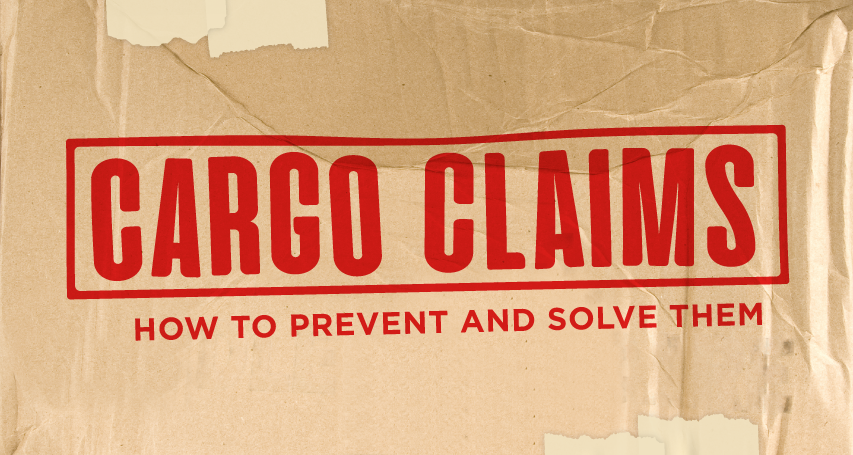Cargo claims are part of the transportation business and being educated on prevention can help minimize the number of claims that occur. When product goes missing or arrives damaged, the bill of lading (BOL) between the carrier and the shipper has been broken. If this happens, the shipper can then file a claim to recover its lost revenue.
The four main reasons shippers file a claim are:
- Damage to product
- Contamination
- Loss of freight
- Truck accident
How Shippers Can Help Prevent Cargo Claims
As mentioned earlier, prevention is key for carriers to minimize the number of cargo claims submitted against them and their insurance. There are many ways shippers and carriers can help each other to avoid cargo claims, such as:
- Pack, wrap, and labeled properly.
- Shippers should only work with reliable carriers who have proper insurance.
- Handling requirements and special instructions should be communicated clearly and in writing to the carrier.
- Freight inspections should always be completed during loading and again at unloading to assess damages and miscounts.
- Always use a trailer seal that is only to be removed by the receiver.
- Carriers should maintain trucks and trailers with regular cleanings and reefer tune ups.
What to Do if Product is Damaged
There are several important steps the shipper and carrier must follow to be prepared with the correct information needed for coverage by the cargo insurance provider when cargo is received damaged,
- Inspect product while on the truck or as it is being removed from the trailer.
- Notate all damage on the BOL with as much detail as possible (damage count, type of damage, etc.).
- Take as many pictures of the damage while product is still on the truck and while unloading is in process.
- Ensure all parties sign the BOL once all damage has been notated. A copy of the BOL should be given to the driver.
If the BOL is signed before denoting damages, the receiver is taking ownership of the freight as-is. If a claim is filed after signing a BOL (without noting damages and fault), there is no sure way for the insurance provider to know who caused the issue. The receiver may have accepted the pallets in good condition but had an accident in the warehouse afterwards and are trying to recoup a loss unethically. This is why proof of damage is key at arrival time while the driver is still on premise.
How Carriers Should File a Claim
Carriers need to supply the following documents to their insurance provider for underwriting of coverage:
- Claims presentation form (provided by shipper)
- Copy of original invoice of product (to prove claim dollar amount)
- Copy of BOL with notations and signatures
- Load/rate confirmation with all instructions for specific load being claimed
- Pictures of damaged product
- Reefer temperature download (if claim is temp damage to product)
Once all of these items are submitted for insurance coverage, the expected turnaround time is 30-60 days, depending on how much investigating must be done by the insurance adjuster and how many claims the adjuster is working on when your claim is submitted.
As mentioned earlier, cargo claims are part of the transportation business and they will occur and accidents may happen. Prevention is key to minimize the number of claims that occur. If you do have to deal with a claim, make sure you follow the steps above to get resolution as quickly and as painlessly as possible.



